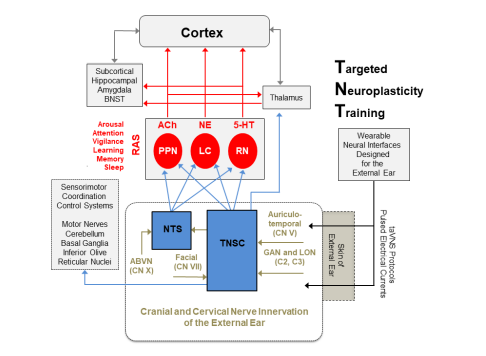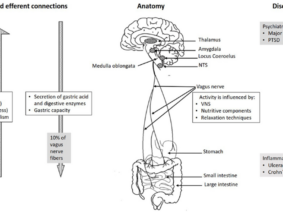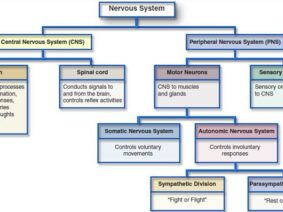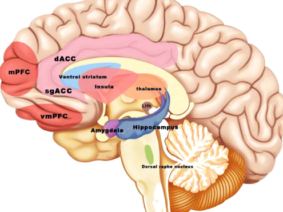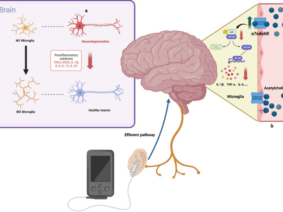The recent study conducted by researchers at Arizona State University’s School of Biological and Health Systems Engineering has shed light on a groundbreaking method for enhancing brain function. The research delved into the safety and efficacy of Transdermal Auricular Vagal Nerve Stimulation (taVNS) utilizing earbud electrodes, offering promising insights into its potential for modulating autonomic arousal, attention, sensory gating, and cortical brain plasticity.
Transdermal Auricular Vagal Nerve Stimulation (taVNS) distinguishes itself from traditional noninvasive or external Vagus Nerve Stimulation (VNS) through several crucial aspects. Unlike previous methods that often resulted in discomfort due to electrode clips, taVNS earbud electrodes were meticulously designed to prioritize user comfort. These innovative electrodes were crafted considering human dimensions and implementing design principles to ensure prolonged wear without causing discomfort or irritation.
Safety and Efficacy Findings
The study, encompassing data from 120 volunteer research subjects, meticulously evaluated the impact of taVNS using earbud electrodes on various physiological and cognitive parameters. The compelling findings not only affirmed the safety of this method but also highlighted its effectiveness in modulating autonomic arousal, attention, sensory gating, and cortical brain plasticity. These promising outcomes suggest a remarkable potential for further exploration, indicating taVNS as a potential tool for enhancing brain function and addressing widespread health disorders.
The key differences between taVNS and other noninvasive or external VNS approaches lie in the design and targeting principles. The paramount focus on user comfort, coupled with the proven safety and efficacy, positions taVNS using earbud electrodes as a frontrunner in neuromodulation techniques. This innovation holds significant promise for future applications in brain-computer interfaces and medical interventions aimed at treating pervasive health disorders.
The research conducted at Arizona State University has opened new avenues in the realm of Transdermal Auricular Vagal Nerve Stimulation (taVNS) using earbud electrodes. With its demonstrated safety, efficacy, and emphasis on user comfort, taVNS stands as a beacon of hope for advancing brain function enhancement and offering potential solutions for a range of health conditions. As further studies and developments unfold, the possibilities for taVNS applications seem truly promising, paving the way for transformative advancements in neurostimulation and healthcare.
References:
Tyler, W. J., Wyckoff, S., Hearn, T., & Hool, N. (2019). The Safety and Efficacy of Transdermal Auricular Vagal Nerve Stimulation Earbud Electrodes for Modulating Autonomic Arousal, Attention, Sensory Gating, and Cortical Brain Plasticity in Humans. Technical Report. School of Biological and Health Systems Engineering, Arizona State University.
